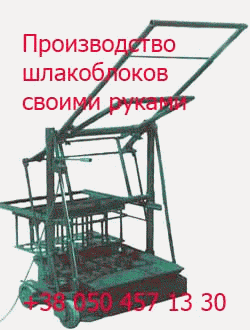Calcination causes some oxidation of the product, resulting in the formation of soluble cadmium sulfate. Prevailing regulations require pigments or pigmented articles to pass tests for the extraction of heavy metals. In order to meet these tests any soluble cadmium must first be removed. This is achieved by acidification with dilute mineral acid, followed by […]
Архивы рубрики ‘High Performance Pigments’
Wet Milling
 30 августа, 2015
30 августа, 2015  Pokraskin
Pokraskin Calcined cadmium pigments are relatively soft and easily form a slurry. Passing the slurry through a pin mill or hammer mill will break aggregates down. The slurry can then be passed through a fine mesh to exclude oversize agglomerates and ensure a product which disperses well when used in the desired application. 3.4.10
Drying
 29 августа, 2015
29 августа, 2015  Pokraskin
Pokraskin The filter cake can be oven dried, after which it requires crushing into small lumps prior to calcination. To reduce manual handling, the cake is often extruded into noodles onto a belt drier, where a flow of hot air through the pigment bed dries the product into small pellets. 3.4.8 Calcination Calcination is one of […]
Filtration and Washing
 29 августа, 2015
29 августа, 2015  Pokraskin
Pokraskin Separation of the solid particles from the liquid is most likely to be done by a filter press or belt filter, although decantation can be used for washing, as the product settles well. Soluble sulfate and/or nitrate salts, depending on the acid used to dissolve the cadmium, will also need washing out. This step is […]
Precipitation
 29 августа, 2015
29 августа, 2015  Pokraskin
Pokraskin During precipitation, the above solutions are intimately mixed so as to form a mixture of stoichiometrically balanced sulfides that will form a pigment on firing. It must be remembered that the initial products formed on precipitation do not possess final pigmentary properties. Batch-wise production is the more common route for precipitation, although continuous precipitation has […]
Other Solution Making
 28 августа, 2015
28 августа, 2015  Pokraskin
Pokraskin Solutions of sodium sulfide are normally made from sodium sulfide flakes (Na2S. H2O). If lithopones are required, a solution of barium sulfide is also necessary. The latter can be purchased as “black ash”, which owes its name to a gray appearance, having been made from the reduction of barium sulfate with carbon. It is difficult […]
Cadmium Metal Dissolution
 28 августа, 2015
28 августа, 2015  Pokraskin
Pokraskin While cadmium will dissolve in sulfuric, hydrochloric and nitric acids, a mixture of sulfuric and nitric acids is preferred, to obtain a controllable reaction rate to avoid producing noxious fumes. Sulfuric acid on its own does not dissolve cadmium metal well, as hydrogen bubbles produce a coating which prevents further attack. Typically, cadmium moss or […]
Cadmium Oxide Formation
 28 августа, 2015
28 августа, 2015  Pokraskin
Pokraskin Not all manufacturers produce cadmium oxide, as some prefer to dissolve cadmium metal directly in acid. However cadmium oxide is used in many other applications, including nickel cadmium batteries and stabilizers for polymers. The oxide can be produced by first melting the metal, then allowing it to flow into a carbon or silicon carbide crucible […]
Method of Pigment Manufacture
 27 августа, 2015
27 августа, 2015  Pokraskin
Pokraskin 3.4.1 General Points Today’s high-performance pigments require the use of high grade starting materials and a controlled process to ensure the production of consistent colors. Early methods for cadmium pigments would appear crude by modern techniques, and would not be capable of producing the commercially required products of today. The process route to cadmium pigments […]
Substitution in the CdS Lattice
 27 августа, 2015
27 августа, 2015  Pokraskin
Pokraskin It is the very property that cadmium and sulfur can be lattice substituted to a considerable extent by members of their own periodic groups that gives rise to the broad range of colors possible in the cadmium palette. This property, coupled with excellent insolubility and outstanding heat resistance, makes them truly high-performance pigments. The replacement […]
 Опубликовано в рубрике
Опубликовано в рубрике 
